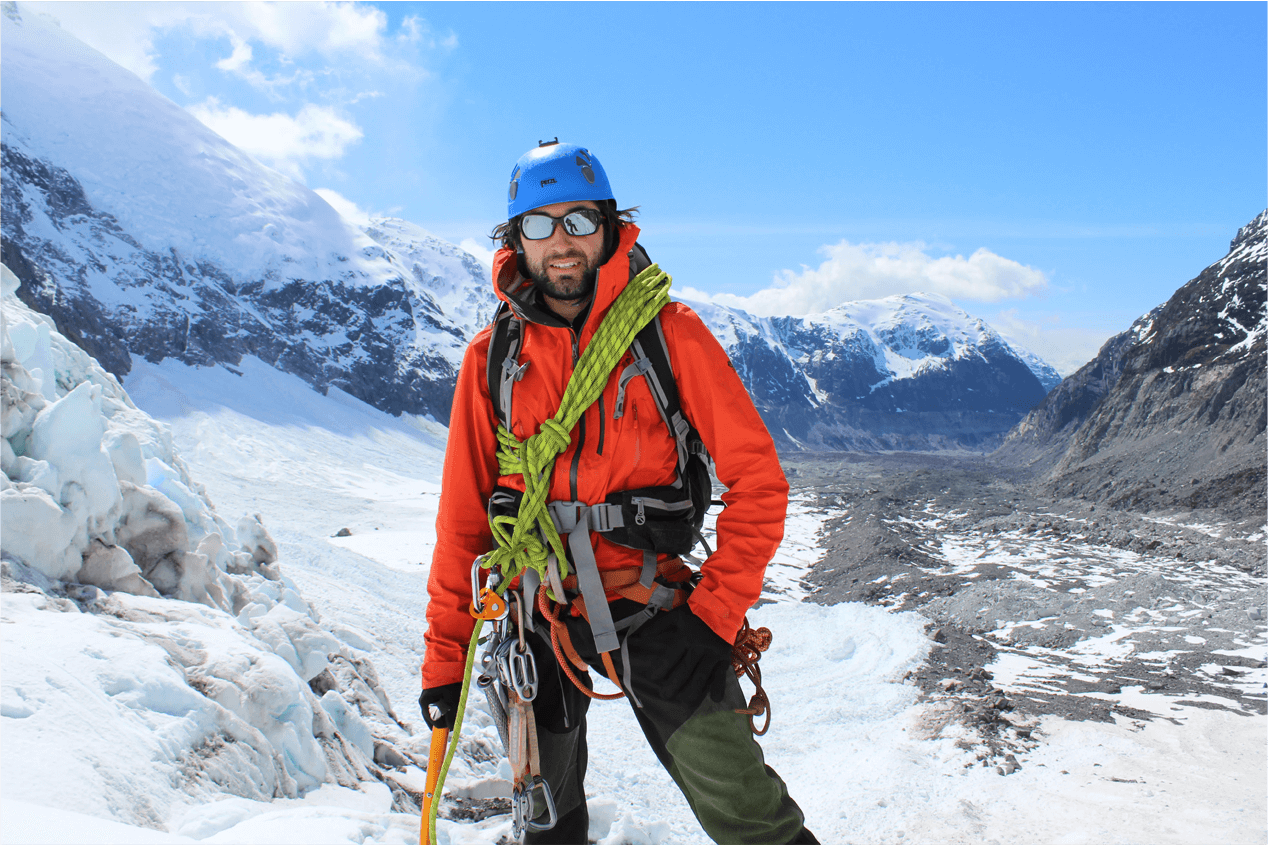Patagonia is synonymous with adventure. The extreme south of Chile and Argentina is one of the most virgin and wildest territories in South America. Therefore, if you are thinking of visiting this place, we invite you to know a guide where we will clear the main doubts that every adventurer may have when organizing a trip to the end of the world.
Follow the directions with this must-see list that has all the points of interest and activities to include in your itinerary.
What are the entry requirements?
If you are traveling from Europe or are in one of the surrounding countries, you should check a couple of weeks before arriving at your destination. Whether in Argentine or Chilean territory, the required documentation is updated with some frequency, although without radical changes.
At the date of publication of this article, this is the required documentation by country:
Argentina
- Passport, ID card or valid identity card.
- Complete an affidavit with the Ministry of the Interior at least 48 hours before the trip.
- Present a COVID-19 health insurance that includes coverage, isolation and/or sanitary transfer.
Chile
- Present identification documents (identity card or passport) to the International Police and stamped visa (depending on the country of origin).
- If everything is in order, you will receive a document called “Tarjeta de Turismo” (Tourist Card). It is personal and non-transferable and has a duration of 90 days, with the possibility of extending it for another 90 days. At the end of the trip it must be returned to the International Police and to extend the validity of the card, the application must be made at the Regional Intendancies, Foreigners Office.
- Demonstrate financial solvency ($80 or $100 per day is recommended).
For the most updated information we recommend you to visit the website of the Ministry of Foreign Affairs for Chile and the Ministry of the Interior for Argentina.
What is the best time to travel?
The best time to visit Patagonia is in summer (December-January-February).
In summer you can observe the Patagonian flora and fauna more vividly than in other seasons of the year (with maximum temperatures of 25º). An ideal time to do different activities related to hiking, mountaineering and climbing.
Schedules for visiting the sites
Unlike places where tourism is more massive, especially in the cities, most places in Patagonia do not have schedules: you are in nature and you can explore freely, although it is always advisable to do your activities with daylight.
Another recommendation is to walk in a group and ask the local inhabitants about the place you want to visit, because the further south you go, the more likely you are to walk through private properties of the Patagonians without knowing it. You only have to ask for permission to transit and in some cases they may even offer you their horses to transport you.
We cannot ignore the fact that Patagonia is a territory of parks and natural reserves. These places do have schedules, but there is also the possibility of camping there. Among the most recommended are:
- Cerro Castillo Park. Entrance through Cerro Castillo Lagoon Viewpoint from 7:00 to 12:00 hrs. Entrance to Las Horquetas through Route 7 is until 13:00.
- Douglas Pumalín National Park. Open from Monday to Sunday from 9:00 to 17:30 hrs.
- Patagonia National Park. Main entrance from Monday to Sunday from 8:30 am to 1:00 pm and from 2:00 pm to 5:30 pm. Chacabuco entrance from Monday to Sunday from 8:30 am to 1:00 pm and from 2:00 pm to 6:00 pm.
- Torres del Paine National Park. Open from Monday to Sunday from 8:00 to 19:00 hrs. Admission is by reservation only and is valid for up to 3 days (with the possibility of renewal).
- Yendegaia National Park. Currently, access must be requested in advance from CONAF (Chile’s National Forestry Corporation), which reserves the right of admission.
If you love visiting conservation parks we recommend the 17 national parks route. It has more than 2,800 km from Puerto Montt to Cape Horn. With this route you can obtain the Passport – Route of the Patagonia Parks and you will have access to all of them.
How to get to Patagonia?
One of the most incredible places in the world requires an incredible journey, it is not as simple as taking a flight from Madrid or Paris and arriving directly to Patagonia. To do so, you must take a flight from your place of origin to Santiago de Chile or Buenos Aires in Argentina, where you have international airports (Chile: Comodoro Arturo Merino Benítez International Airport – Argentina: Ministro Pistarini “Ezeiza” International Airport).
After arriving at one of the international airports, you can take a domestic flight to Punta Arenas, Puerto Natales Coyhaique and Balmaceda on the Chilean side, via Sky Airlines or Latam; and on the Argentine side, direct flights to Puerto Madryn, Bariloche and Calafate where you can travel by Latam, Aerolineas Argentinas or Andes airlines.
Another option when arriving at Santiago’s international airport is to go by land to where the Carretera Austral begins, one of the most attractive routes in the entire South American continent. You must take into account that there are at least 1,000 km to be covered just to the starting point in Puerto Montt. This is where the adventure really begins.
If you have a tour booked, we recommend that you travel 2 days before your final destination. During the high season (December-March), there are unfortunately delays and flight cancellations, either due to weather conditions or ticket overbooking. That is why you should be prepared for any eventuality.
Destinations not to be missed
The key to planning is to know which parts of Patagonia you want to visit, depending on your favorite activity or if you want to do a little bit of everything. Here we show you some unmissable spots for climbing, trekking, sailing or simply contemplating the scenery.
If you want to learn more about the most beautiful destinations in Patagonia, we invite you to download our eBook by clicking here.
Climbing and mountaineering sites
-jpg.jpeg)
- Torres del Avellano
Duration: 7 to 15 days
Season: November to March
Difficulty level: 2 - San Valentin Hill
Duration: 15 to 21 days
Season: November to February
Difficulty level: 4 - Cumbre Castillo
Duration: 2 to 7 days
Season: November to April
Difficulty level: 2 - San Lorenzo Massif or Monte Cochrane
Duration: 6 days
Season: November to March
Difficulty level: 4 - Torres del Paine
Duration: 7 to 12 days
Season: November to March
Difficulty level: 3
To navigate
-jpg.jpeg)
- North and south ice fields
Duration: 15 to 21 days
Season: October to March
Difficulty level: 4 - Puerto Rio Tranquilo – Marble chapels
Duration: 2 to 4 days
Season: November to April
Difficulty level: 2 - Cerro Castillo Lagoon
Duration: 1 day
Season: September to April
Difficulty level: 2 - General Carrera Lake
Duration: 4 to 7 days
Season: September to April
Difficulty level: 2
For trekking in very windy conditions
-jpg.jpeg)
- Dientes de Navarino
Duration: 7 to 10 days
Season: December to February
Difficulty level: 3 - Cerro Castillo
Duration: 4 days
Season: September to April
Difficulty level: 2 - Cerro San Lorenzo
Duration: 10 to 15 days
Season: November to February
Difficulty level: 4 - Circuit of wild trails
Starts at: Cerro Castillo.
End: Chacabuco Valley in Patagonia National Park
Duration: 16 days
Season: October to March
Difficulty level: 3
To contemplate the landscape
-jpg.jpeg)
- Carretera Austral
Duration: 19 days
Season: November to March
Difficulty level: 4 - Tierra del Fuego
Duration: 28 days
Season: December to February
Difficulty level: 4 - Douglas Pumalín Park
Duration: 15 to 20 days
Season: January to April
Difficulty level: 3 - Darwin Mountain Range
Duration: 28 days
Season: December to February
Difficulty level: 4
It should be noted that in one place you can perform different activities and it is not limited only to those mentioned above. In the end, appreciating the scenery is something you do all the time from Patagonia, but it is all about taking advantage of the opportunities at each point to engage in such activities.
You just need to travel!
This is the basic information you need to plan your adventure, although we only delve into Chilean Patagonia. If you want to know more about any of these destinations we invite you to review our expeditions and consult more practical information or testimonials in our blog.











